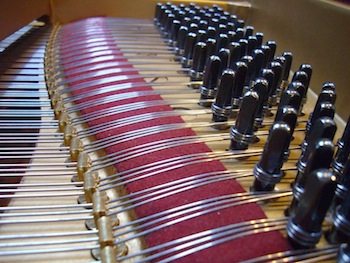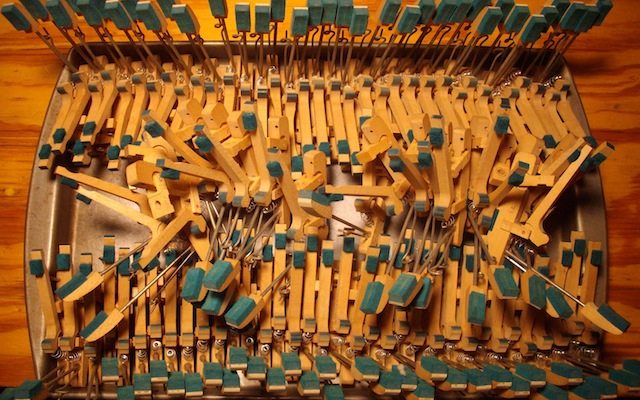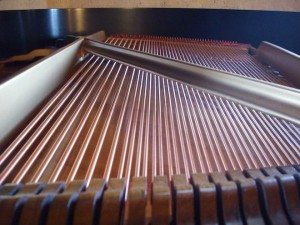Services
Tuning:

To tune a Piano, the technician must carefully adjust the tension of 220 or more strings to vibrate harmoniously with each other.
Repair:

Common problems such as stuck keys, notes that don’t sound or ring out, missing or damaged parts, ivory replacement, broken hammers and strings, non-performing pedals, unwanted noises, broken bridges and other structural issues can be diagnosed and repaired. As an experienced piano rebuilder, Nathan is skilled in all types of piano repair.
Regulation:

Over time the felt, leather, and wood that comprises your piano’s action is worn and compressed, causing the instrument’s touch to be uneven and unresponsive. Regulation is the meticulous adjustment of each moving part that transfers the motion of the player’s fingers to the strings of the piano. Regulation will bring your piano to its optimal touch and expand the dynamic range.
Voicing:

Voicing is the shaping of a piano’s tone or quality of sound. While each piano has its own unique sound, the voice of the instrument can be sculpted to suit the player’s taste and expand the depth of tone. A piano that needs voicing might sound harsh and metallic, it might sound dull and lack brilliance, or it may have uneven tone, causing some notes or areas to be overpowering or drowned out. Although a little spinet cannot be made to sound like a Steinway “D”, most pianos can be improved though voicing.
Reconditioning:
When a piano’s action (assembly of moving parts that transfer the motion of the player’s fingers to the strings) becomes worn, does not play well or produce good tone, and is unable to be finely regulated, the instrument can be improved through a plan of action rebuilding or reconditioning. This can involve parts replacement and/or repair and reconditioning of existing parts. For example, the hammers on a piano get worn, like the tires of a car, little by little each time they hit the strings. Hammers can often be reshaped a number of times until they can no longer produce good tone and must be replaced.
Casework:
Scratches, dings, and damaged case parts on your piano can be repaired to return your piano to its original beauty. Loose hinges, music desks, and broken legs and be restored to safe and functional condition. Cook’s Piano Service also offers thorough, professional piano cleaning services.


